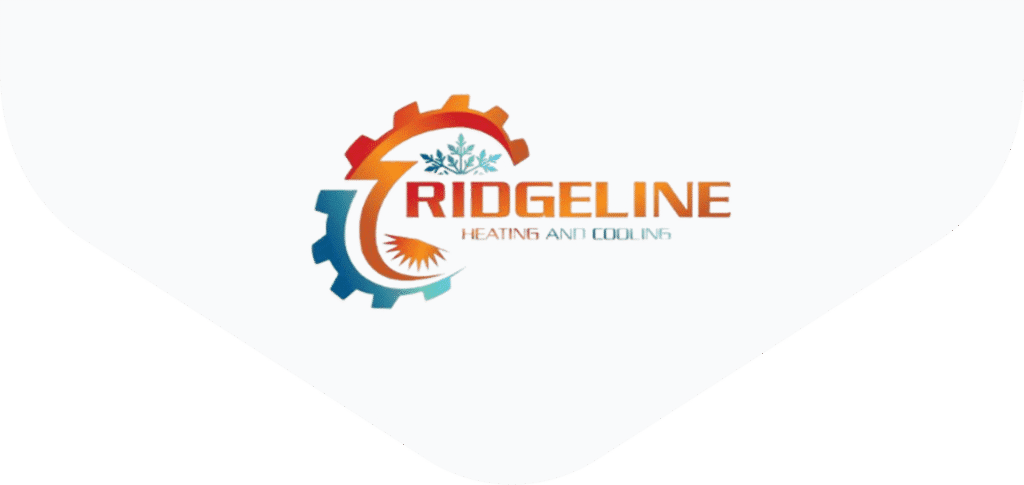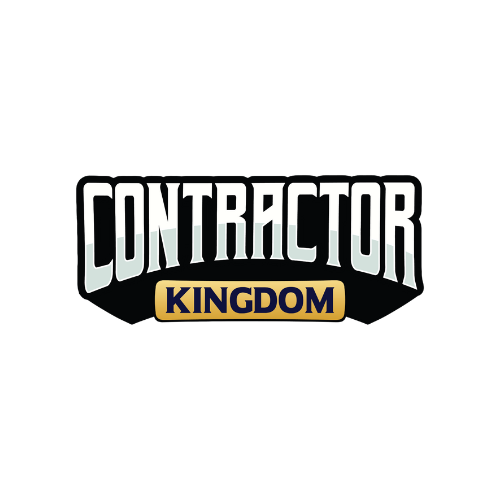What Are the Tax Incentives for Buying New HVAC?
If you’ve been thinking about replacing your heating or cooling system, 2025 may be the perfect year to act. Thanks to generous federal tax credits, state programs, and local utility tax credits and rebates, homeowners in Idaho Falls can save significantly when installing energy-efficient HVAC systems. These incentives not only lower your upfront costs but also improve energy efficiency and reduce monthly bills over the life of your heating and cooling system.
For residents in Idaho Falls and nearby areas, working with a trusted contractor who knows which HVAC system qualifies for incentives can make all the difference. At Idaho Falls Heating and Cooling, we’ve helped countless homeowners choose the right equipment, complete professional installation, and claim every tax credit and rebate available.
Understanding HVAC Tax Credits in 2025
Before exploring the 2025 programs, it’s important to know how a tax credit works compared to other savings options.
- Tax Credit – A direct reduction in the amount of federal income tax you owe, dollar-for-dollar.
- Tax Deduction – Reduces taxable income, which may lower your overall tax bill.
Most HVAC tax credits in 2025 fall into the tax credit category, which provides greater savings than deductions. For example, if you qualify for a $1,200 federal tax credit, that’s $1,200 less you owe not just a reduced taxable income.
Federal HVAC Tax Credits and Rebates for 2025
The largest federal HVAC tax credits come from the Inflation Reduction Act (IRA), which extended and expanded energy efficiency improvements incentives.
Section 25C – Energy Efficient Home Improvement Credit
The energy efficient home improvement credit allows you to claim up to 30% of your installation cost, with annual limits based on the system type.
Qualifying equipment includes:
- High-efficiency central air conditioners
- ENERGY STAR® certified furnaces
- Air-source heat pumps
- Heat pump water heaters
- Certain ductwork repair or upgrades
Annual limits:
- Up to $600 for qualifying air conditioner or furnace
- Up to $2,000 for qualifying heat pump or heat pump water heater
Section 25D – Residential Clean Energy Credit
Primarily for solar and geothermal systems, this credit also applies to geothermal heat pump systems. You may claim the federal credit for 30% of the total cost with no dollar cap in the tax year 2025.

State and Local HVAC Incentives in Idaho
In addition to federal tax credits available, Idaho residents can access local rebates:
- Rocky Mountain Power Rebates – Cash back for high-efficiency central air conditioners and air source heat pumps.
- Intermountain Gas Energy Efficiency Rebate – Savings for high-efficiency gas furnaces and smart thermostats.
- Idaho Power Residential Incentives – Rebates for duct sealing, insulation, and energy-efficient HVAC systems.
These rebates can be combined with federal HVAC tax credits for larger savings.
Qualifying HVAC Systems in 2025
Not every new HVAC system qualifies. To qualify for tax credits, your heating and cooling equipment must meet certain energy efficiency requirements:
- Must be ENERGY STAR certified
- Meet minimum SEER2 for split system air conditioners
- Meet HSPF2 ratings for heat pumps
- Furnaces must meet AFUE standards
- Some advanced clean energy and ventilation products may also qualify
How to Claim the Federal HVAC Tax Credit
To claim a tax credit in your 2025 federal tax return, follow these steps:
- Confirm your HVAC system qualifies before purchase.
- Obtain the Manufacturer’s Certification Statement.
- Keep detailed installation and repair invoices showing model numbers and costs.
- File IRS Form 5695 for residential energy credits.
- Attach all documentation to your tax return.
A qualified home energy auditor or your tax preparer can help ensure you claim the maximum annual credit every year.
Benefits Beyond Tax Credits
Upgrading to an energy-efficient HVAC system in 2025 offers:
- Lower utility costs through cost-effective energy efficiency improvements
- Better indoor comfort and air quality
- Quieter operation from modern systems
- Reduced environmental impact

Common Mistakes to Avoid
- Purchasing non-qualifying equipment that doesn’t meet ENERGY STAR requirements
- Forgetting to file Form 5695 with your federal tax return
- Missing rebate deadlines after installation
- Not stacking rebates and tax credits for maximum savings
Why Choose Idaho Falls Heating and Cooling
- Expertise in selecting high-efficiency HVAC equipment that qualifies for the tax credit
- Skilled installation and system repair services for long-term reliability
- Knowledge of both federal tax credits and Idaho energy rebates
- 24/7 emergency heating and cooling service after installation
Final Thoughts – 2025 is the Year to Save
With the 25C tax credit, state rebates, and utility programs, homeowners can save thousands when they install a new heating and cooling system in 2025. The key is to choose a qualifying system, ensure proper installation, and file for all applicable tax credits and rebates.
If you’re in Idaho Falls, our team will guide you from system selection to claiming the credit, ensuring you get the most from your investment.









